Adada
.jpeg)
Adada is one place where we're pretty sure St Paul walked. Historians have retraced his footsteps up the beautifully engineered Roman road which curls around the hillside for 2km to the centre of the site.
The site is a surprise because, although there is a Christian church, far more in evidence are three neat Imperial Roman temples, almost intact, lined up near the main street. Obviously Christianity and paganism co-existed here. The unusual forum and the theatre have recently been excavated.
Amasya
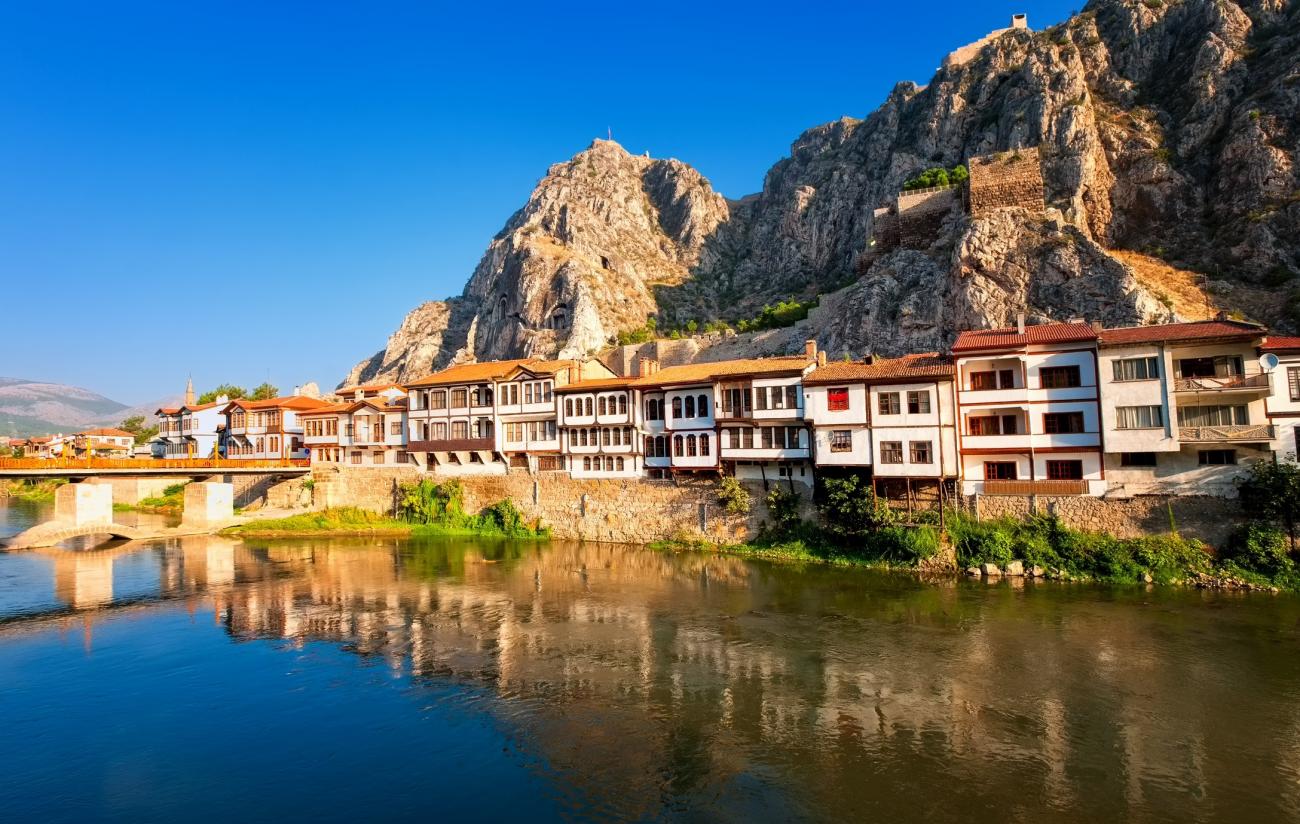
Amasya, near the Black Sea is one of Turkey's most beautiful cities, located in the narrow cleft of two rocky hills along the banks of the Yeþilýrmak River. It has a history dating back 3000 years and many civilizations have left priceless relics of their cultures. The city also has many architecturally precious buildings, such as the Ottoman houses along the river's edge.
The highlights of Amasya are the Rock Cut Tombs of the Pontic Kings, standing high above the river, the traditional Turkish mansions that have been perfectly restored and the many old fine mosques for example the 13th century Seljuk Burmali Mosque, and the 15th century Yýldýrým Beyazit Mosque complex.
Ankara
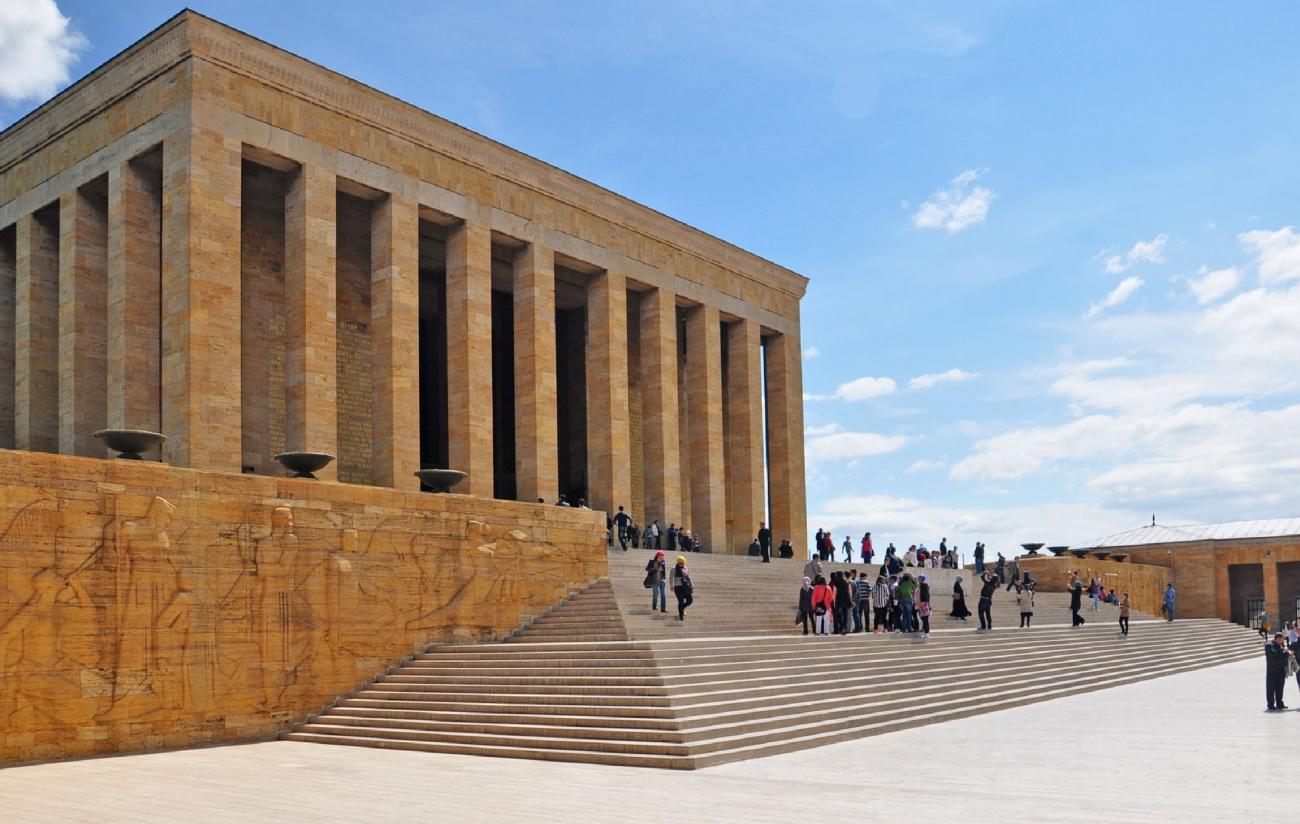
The city of Ankara lies in the centre of Anatolia on the eastern edge of the great, high Anatolian Plateau. The city, an important trading, cultural and arts centre in Roman times, and a post on the caravan routes to the east in Ottoman times, had declined in importance by the 19th century.
It became an important centre once again when Kemal Ataturk chose it as the base from which to direct the War of Liberation. By consequence of its role in the war and its strategic position, it was declared the capital of the new Turkish Republic on October 13th, 1923. Ankara, whose ancient name is Angora gives the famous wool its name and Angora goats still roam in the neighbouring steppes and hills.
Antalya
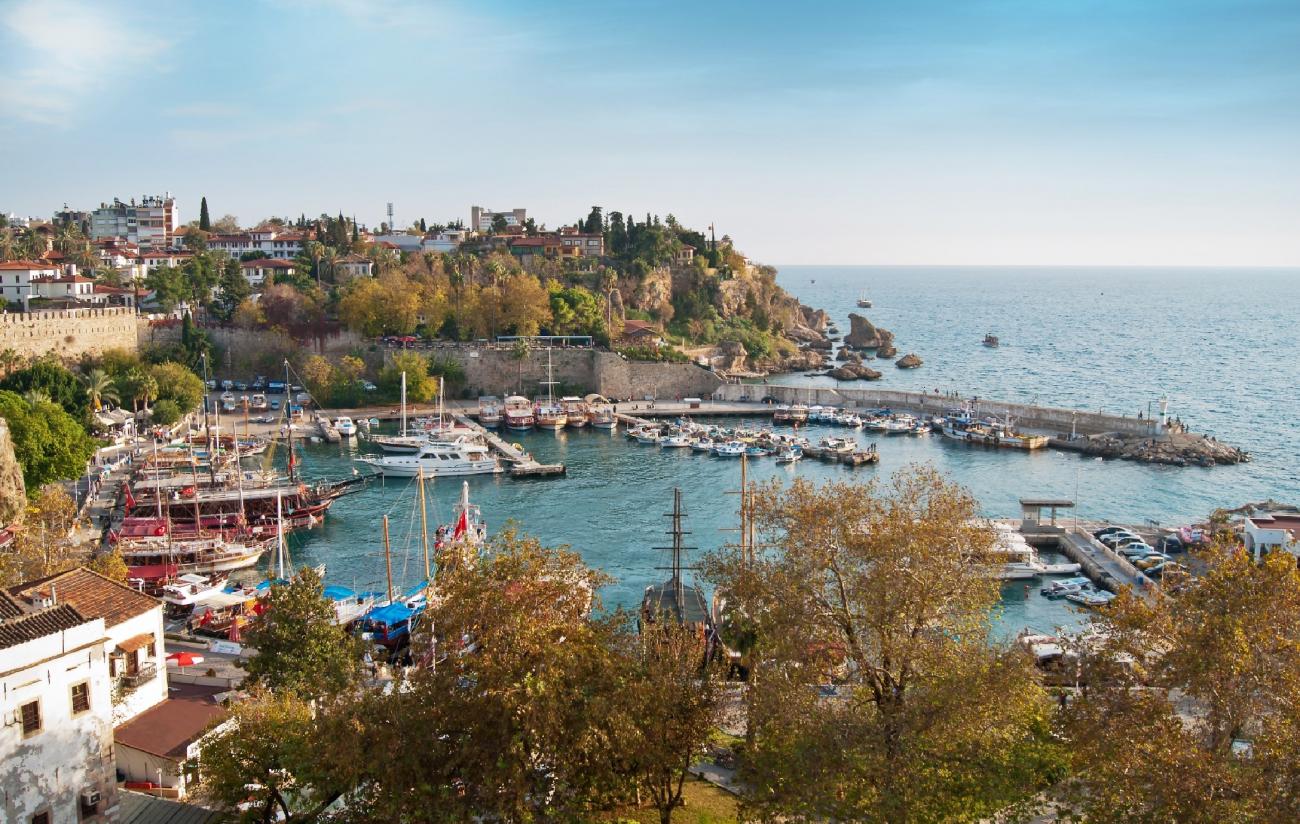
Antalya is a walled old city surrounded by modern sprawl. Spend the night in the old city, in a reconstructed Ottoman mansion and eat at a traditional restaurant, which serves the typical cuisine of the Black Sea (fish, olive oil and unusual vegetables). In the morning, if you get up early, you can explore the old harbour and narrow maze of streets lined with tumbling wooden and stone houses. Don't get lost!
Cappadocia
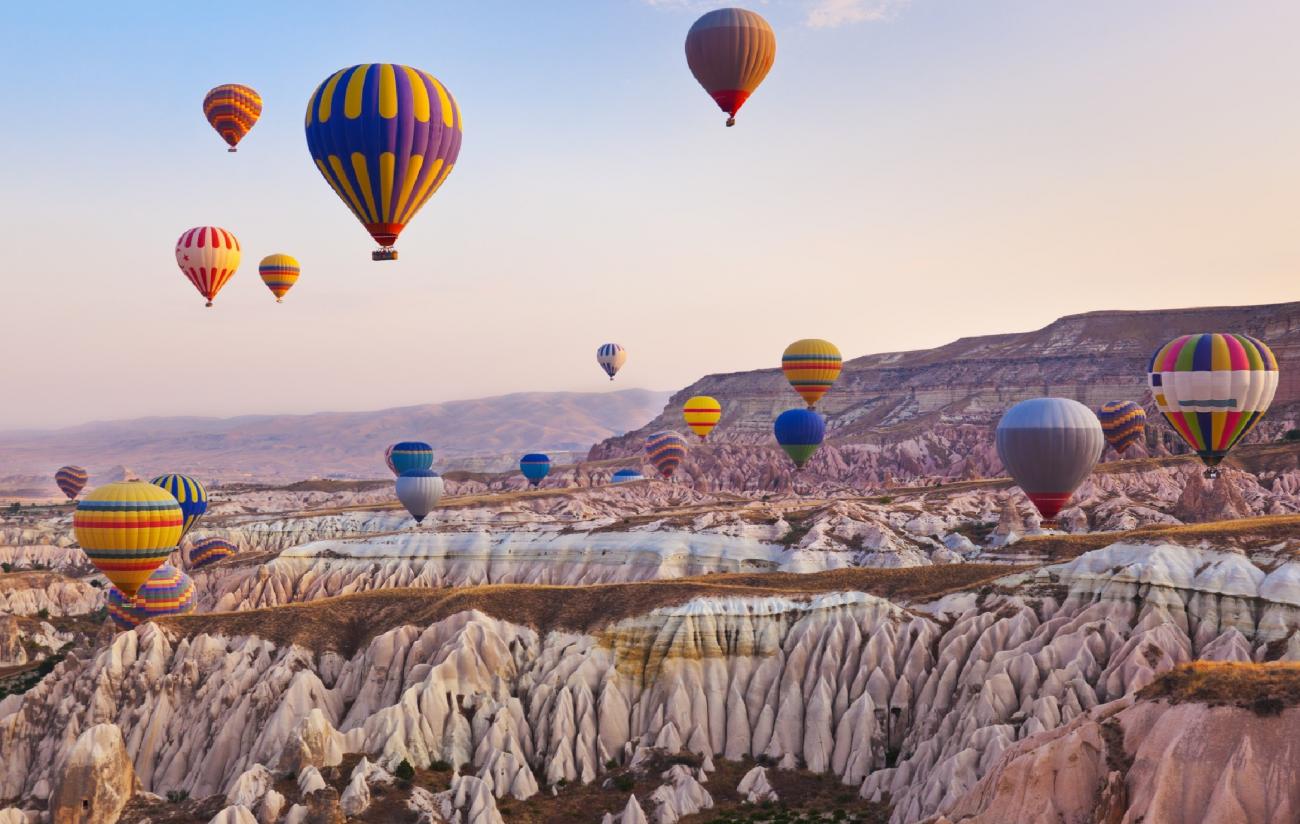
The name Cappadocia derived from the Old Persian "Katpatuka ". Centred on the triangle of Nevsehir, Urgup and Avanos, Cappadocia is in the middle of a once active volcanic region. At one time these volcanic eruptions were so strong that the lava in some places was up to 100 metres thick.
Over many millions of years, volcanoes, wind, rain and ice sculpted what we now know as Cappadocia. As the land eroded, the basalt stones remained and formed conical structures sometimes reaching as high as 45 metres.
The local people called these unique rock formations "Fairy Chimneys", a name that has endured throughout the ages. Over the centuries man has carved the rocks and built houses, churches and over 120 underground cities.
Whilst visiting Caooadocia, explore the Göreme Open Air Museum, a UNESCO World Heritage Site in a hot air balloon.
Egirdir
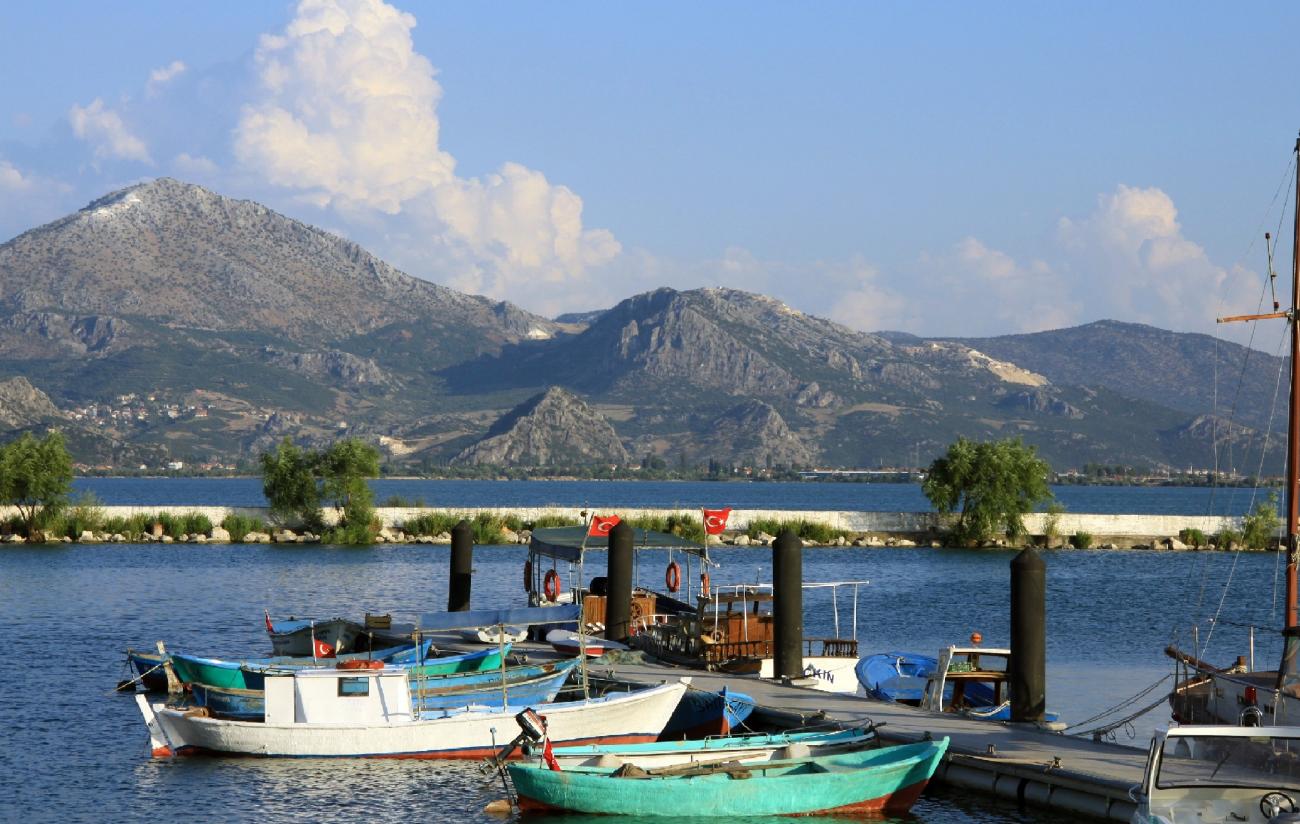
Egirdir, in Byzantine times called Acrotiri, is built on the only piece of level land facing two islands in the vivid green Lake Egirdir (40 km long!). An ancient castle defended the shore road but the two islands have now been linked to the land with a causeway. The town has some medieval Seljuk buildings including a mosque and madrassa (school) with huge decorated doorways.
A harbour with fishing craft, a litter of modern pensions and abandoned Greek mansions complete the picture. In winter the lake freezes, the wind screams down from Siberia but in summer all is calm and sunny. The ring of mountains reflected in the lake tempts you to climb to upper lands.
Ephesus
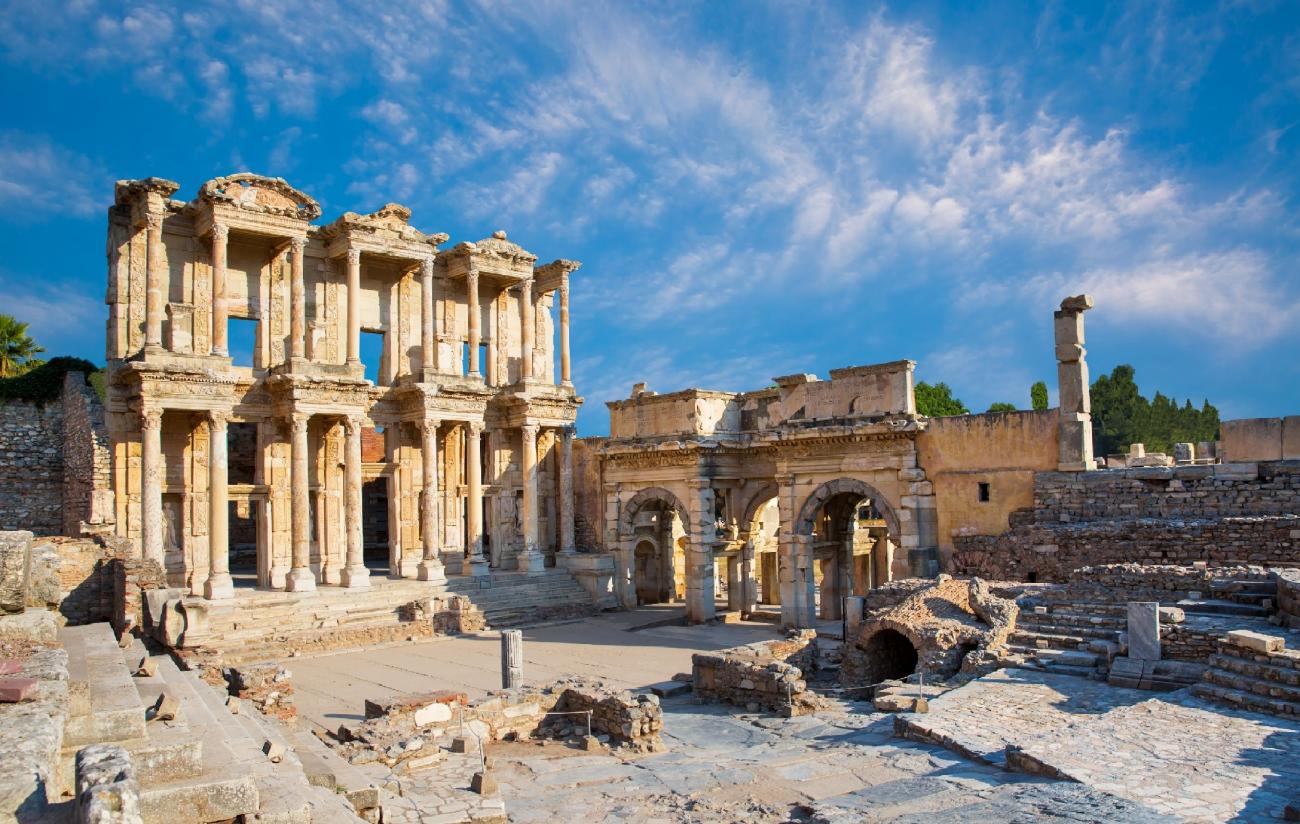
The pretty town of Selcuk is famous for being a fascinating mixture of all historical periods. From Selcuk, visit the magnificent site of Ephesus, one of the ancient wonders of the world set in an exceptional location. This was one of the most important cities and seaports in the old world which reached its peak by 1st Century AD but slowly declined from the 4th Century AD.
At this time it was notorious for its wealth and luxury and during this period the population of Ephesus increased to 225,000 and the city became the capital of new Asia. There are many amazing buildings to discover including The Celsus Library and the Temple of Hadrian.
Istanbul
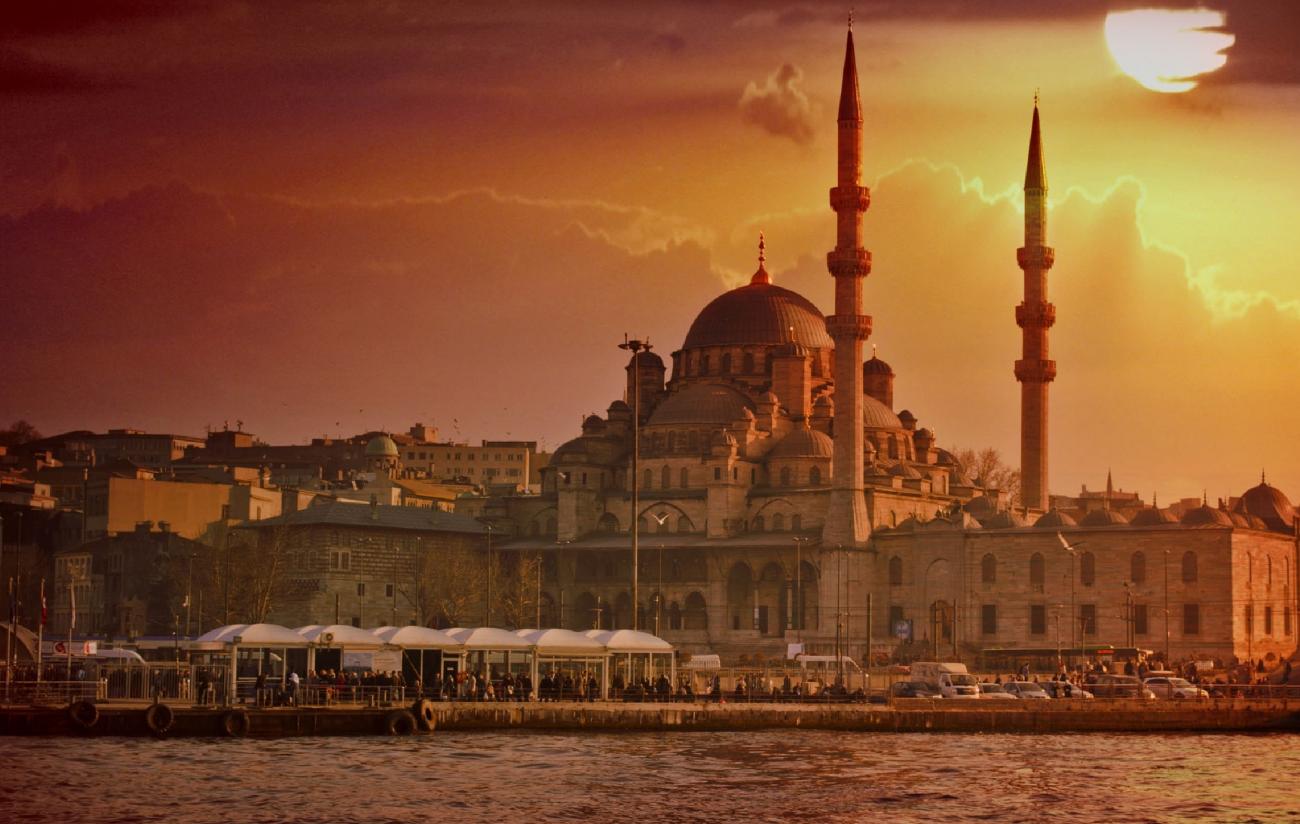
Istanbul is a fascinating city, full of colour, mystery and culture. Known as Constantinople when it was the capital of the Eastern Roman and Byzantine Empires, Istanbul was later renamed and became the capital of the Ottoman Empire. The city spreads out over two continents, Europe and Asia, and is called the Gateway to Asia. It lies on the straights of the Bosphorus, which links the Black Sea with the Sea of Marmara and the Mediterranean.
Kasimlar
Kasimlar is a village, dragged into modernity by being chosen to host a major secondary school. The teashop, tiny village shops and council offices cluster round a square with a fountain where the old men mumble about bygone days.
The young people have mainly fled to the cities. But from the village are magnificent views down the gorge of the Koprulu River which has excavated a huge and unstable V through the soft shale. Light and shade plays on the sheer, blue-grey slopes, distant farmhouse roofs add colour and the river is a trickle of silver at the bottom.
Kasnak Forest
Kasnak is a unique forest, preserved because it shelters a magnificent 600-year-old specimen of the endemic Volcanic Oak. Around this grandfather tree cluster all his seedlings and also, in June, wild peonies in a deep magenta with golden stamens.
Wild irises, magnificent cedars, orchids and fritillaries complete the picture. Far below is a dammed lake and, below that, the larger lake of Kovada. It's a long and winding walk down.
Pamukkale
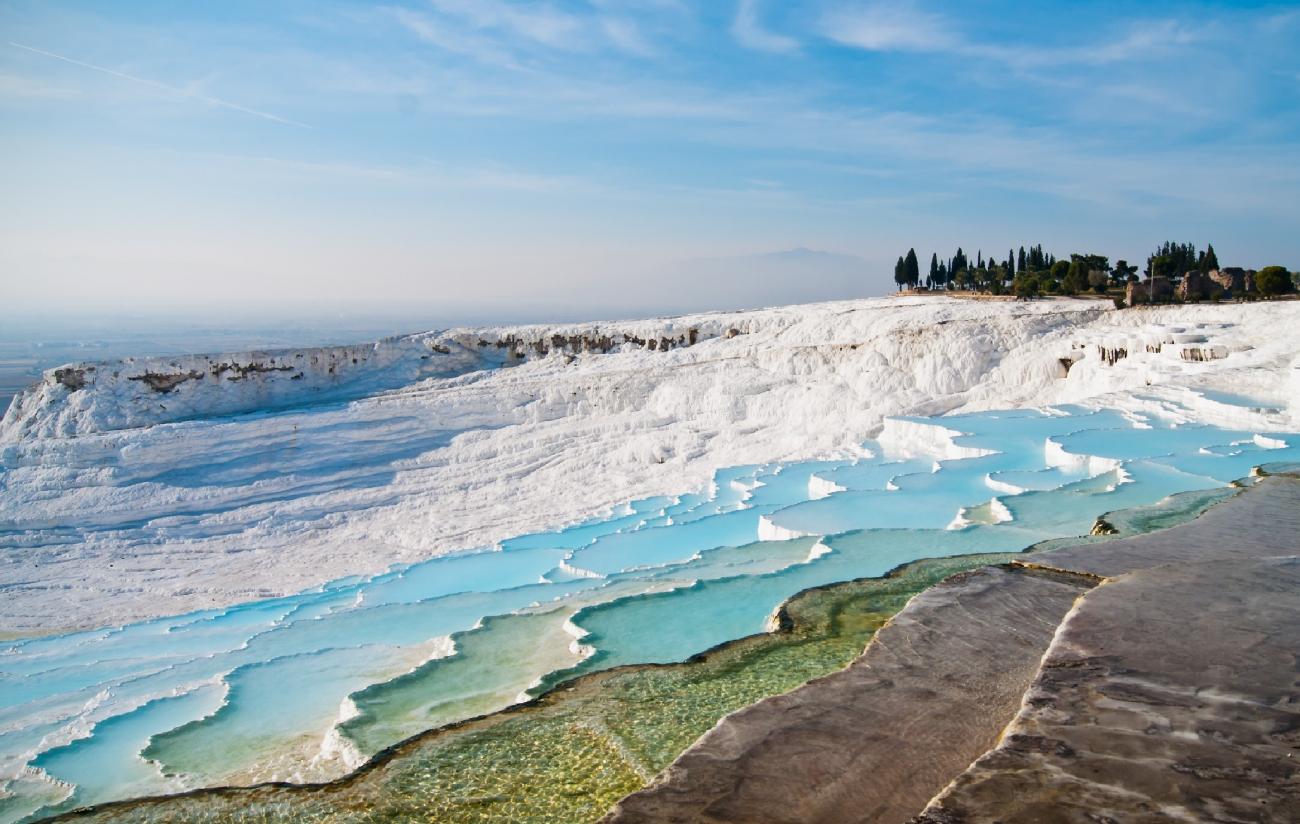
Pamukkale was called Hierapolis in ancient times and is located in beautiful surroundings rolling along the edge of the mountains. People are amazed by this natural phenomenon which is known as the petrified waterfalls. Lustrous white calcium formations form what is literally translated as the 'cotton castle'. The calcareous salts running off the plateau's edge have created this fantastic formation of stalactites, cataracts and basins.
The Romans who were always partial to the pleasure and the benefits of bathing, established the spa city of Pammukale . You should not miss the Theatre and the Temple of Apollo, the Museum, Southern Baths, Byzantine Basilica and Church.
Selge
Selge is a magnificent site brought to grief by lack of water. The present-day village sits atop the jumbled ruins of a huge site with baths, theatres, temples, a forum and a stadium - in fact we sleep in the stadium - on the balconies of a village house built from the old stones. In the morning, climb the old theatre to the seats of the gods and watch the morning sunrise over the canyon.
Trabzon (Black Sea)
Turkey's lush, humid and ubiquitously green Black Sea Coast surprises those who imagine the country to be nothing but barren steppes. From Turkey's European frontier with Bulgaria to the Georgian border, along the coastline, mile after mile of beautiful uncrowded beaches offer sun, swimming and relaxation.
Throughout the region, fishing villages and mountain hamlets alike preserve their indigenous and traditional wooden architectural styles.The humid climate and fertile soil encourage the cultivation of a variety of produce, including tea, tobacco, corn and hazelnuts. Once called Trapezus, and later Trebizond, the modern town of Trabzon is the major city of the region. It was founded in the 7th century B.C. by Miletian colonists and was the centre of the Comnene Empire established after the fall of Byzantine Istanbul.
Troy
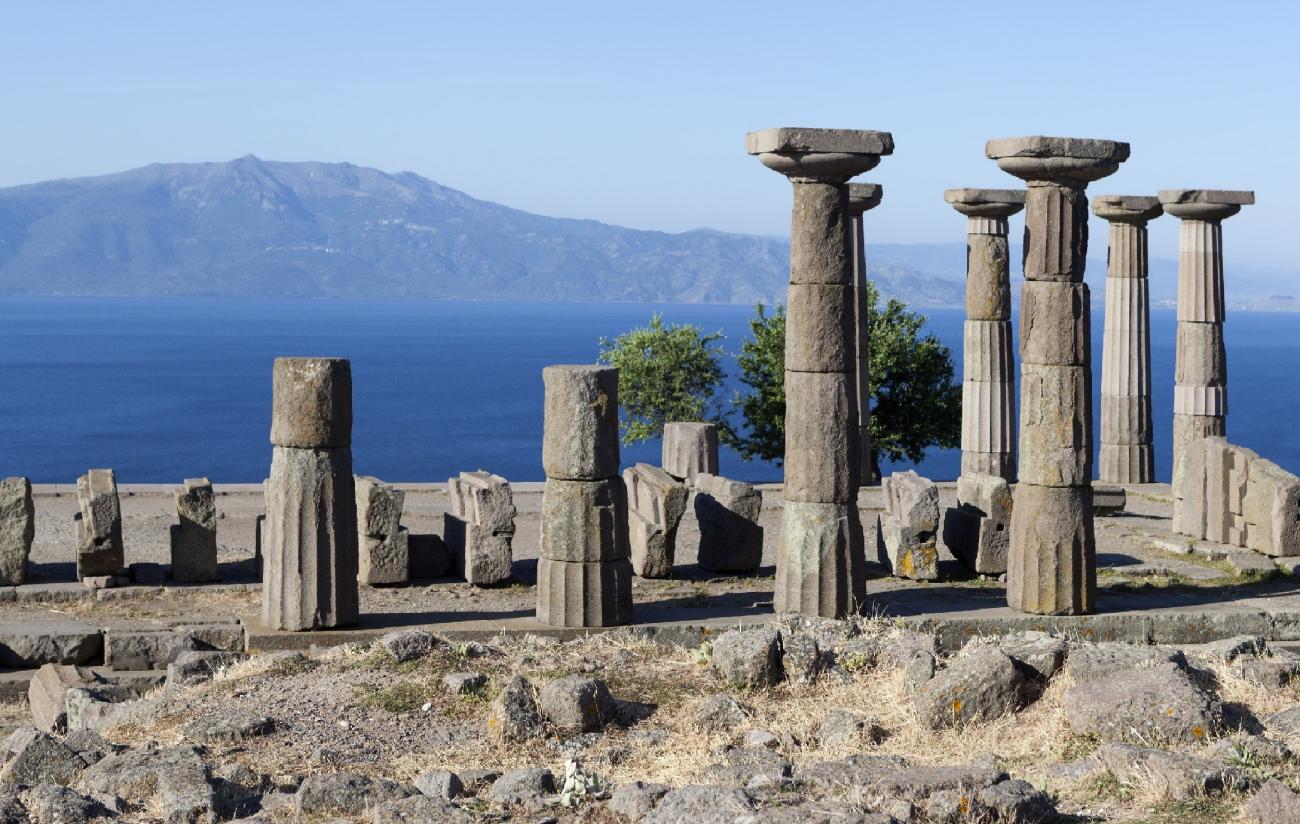
From Canakkale you can visit the splendid ancient site of Troy, founded in the Bronze Age about 3000BC, as a fortified fishing village. Archaeologists have found nine different levels of habitation of different eras, which provide a fascinating insight into life through the ages in this region. The wars that raged between the Greeks and the Trojans in ancient times have left the legend of the Trojan Horse and at Troy one can see a replica of the famous horse.
Urgup (Cappadocia)
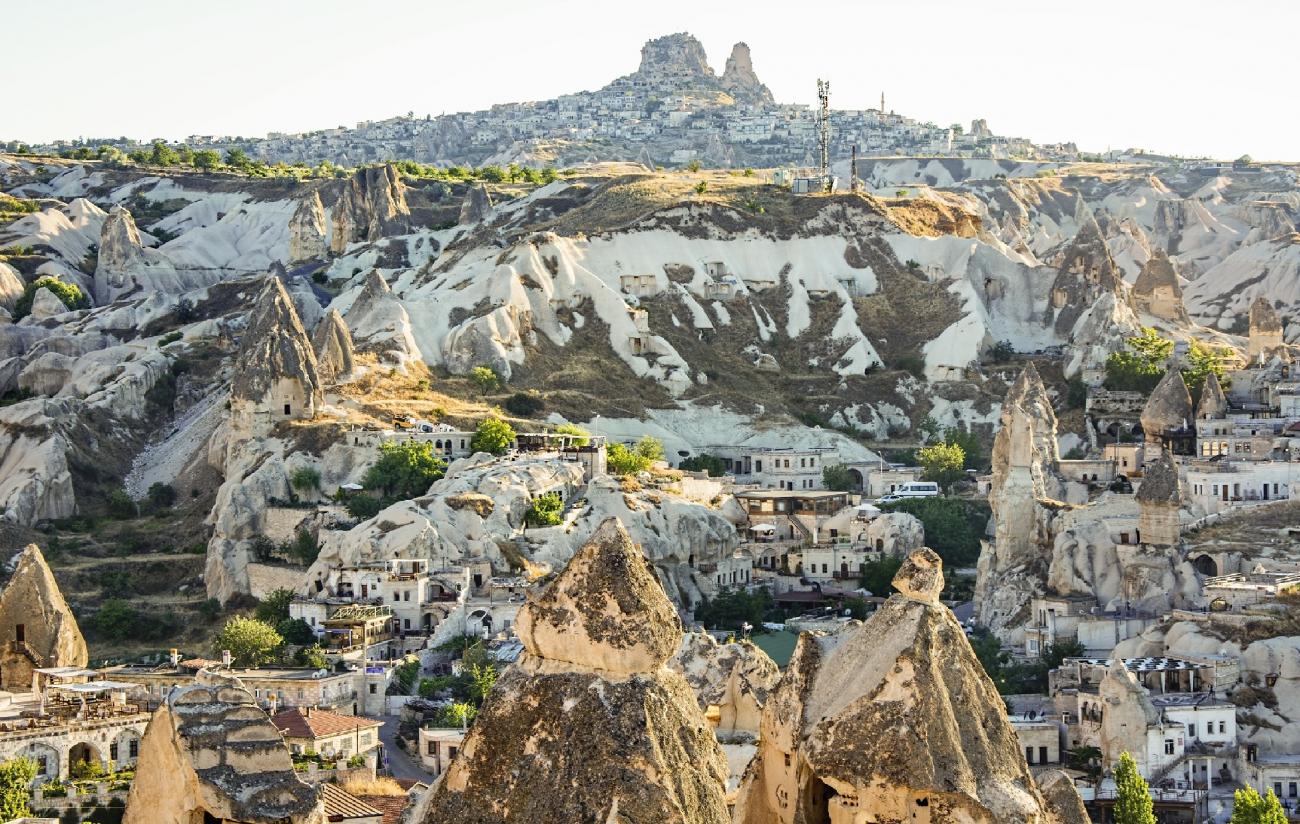
Cappadocia is a land where nature and man have competed with each other to create the most unusual and the most beautiful natural formations. The morphology of the region was formed by repeated volcanic eruptions around 40-50 million years ago, covering the area with layers of a light rock called tufa and creating a natural 'lunar like' landscape.
Over time the elements have eroded this surface rock to create unusual valleys and vast rock sculptures or 'fairy chimneys', which have been incorporated into the building of towns, villages and vast rock mounds. The moon-like terrain of Cappadocia with its endless artwork is a photographer's delight.
Van
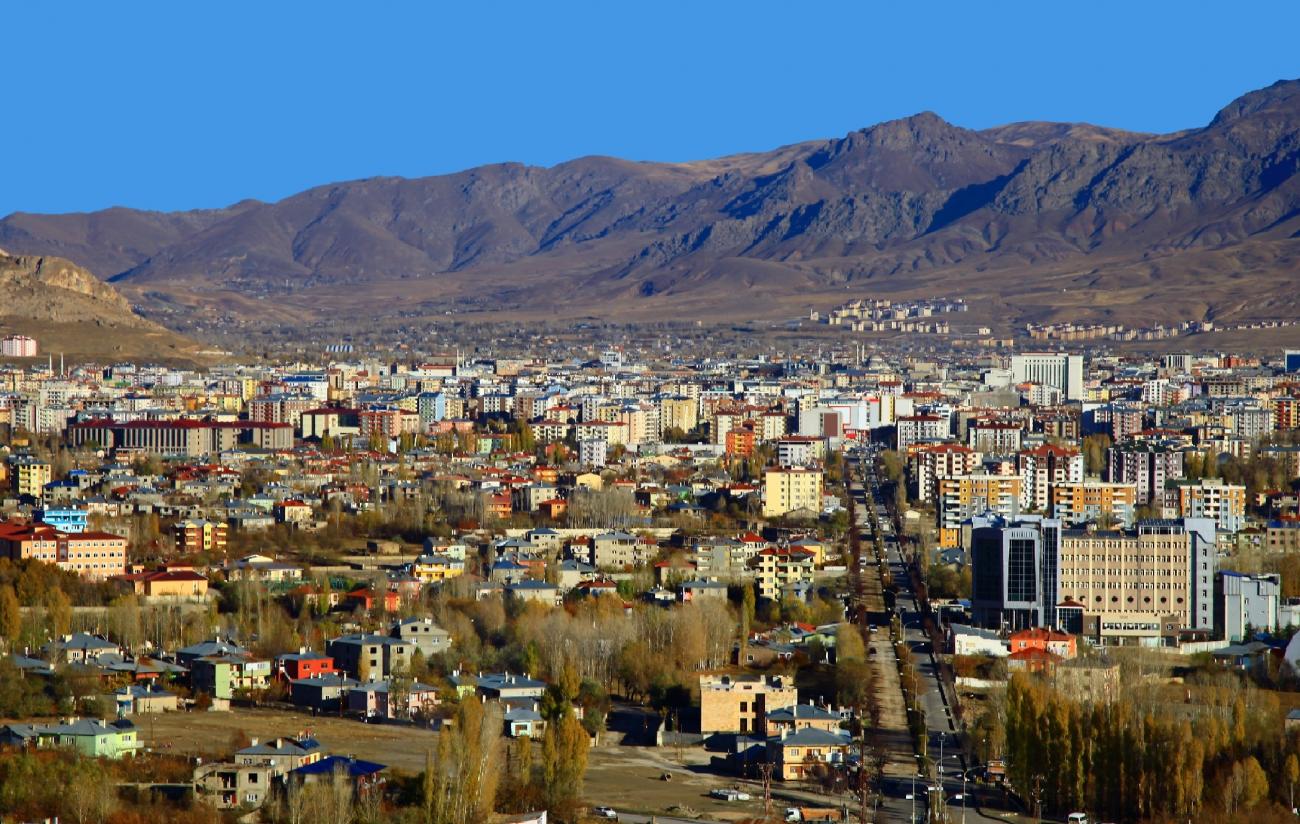
Situated in a green, fertile oasis fringed by rocky mountains, Van was the ancient Urartian capital of Tuspa (1000 B.C.). Sitting on the south-eastern shores of Lake Van, the largest lake in Turkey and the largest saline lake in the world, mountain silhouettes, coves, beaches, islands, waterfalls and centers belonging to various historical ages are located around the lake. Although its waters are highly alkaline the fish caught in the lake is delicious.